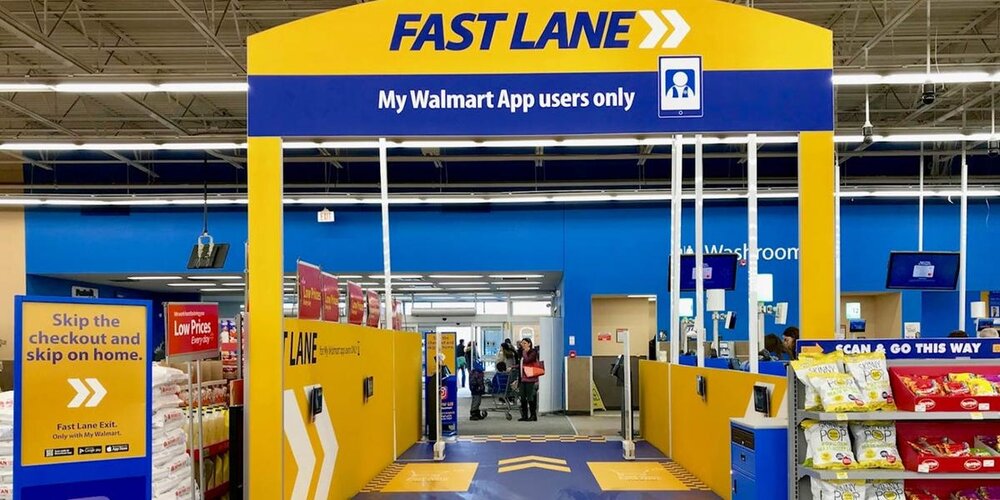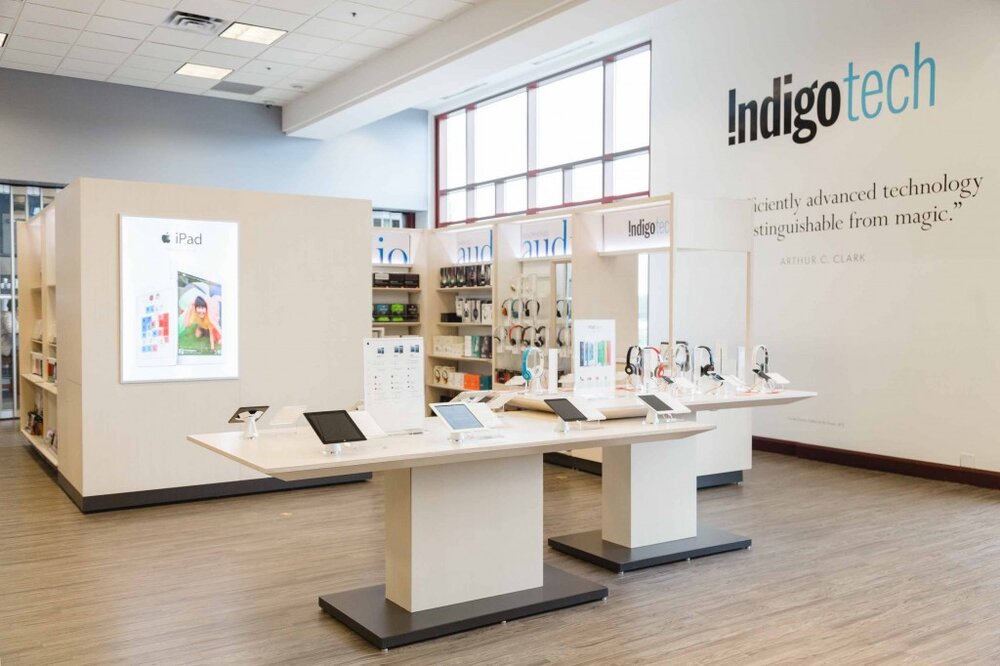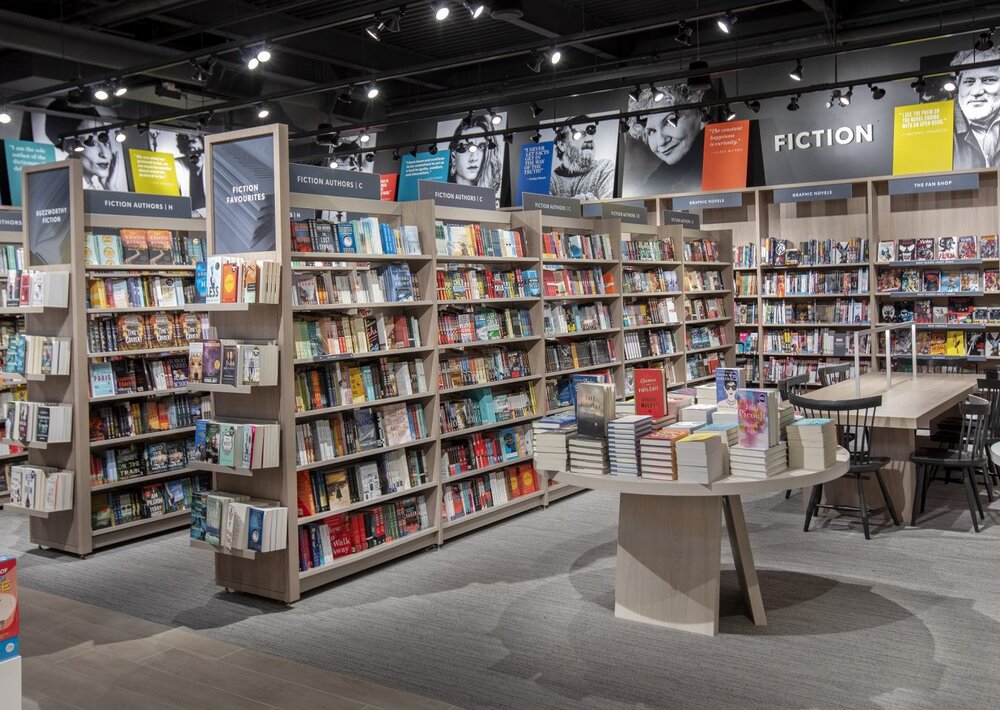
farm boy, hamilton, ontario. photo: farm boy
By DeAnn Campbell
When building a shopping centre, the benefits of a good firewall can’t be denied. Should a fire break out in a mechanical room next door, a solid four-hour firewall can mean the difference between closing your store for days to tidy up or closing for months to rebuild.
As we enter a new decade, the pace of change in retail is frantic. Technology, social trends, and shopper demographics are changing almost daily. Today’s Canadian retailers need a good firewall to give them time to adapt and respond to avoid the pitfalls of falling behind.
Already, a major shift in retail has happened with little fanfare. Canada’s annual population growth is 0.89%, a low not seen since 1955, and it is forecast to continue in a downward trajectory. To retailers, this means that tomorrow’s shoppers don’t exist. Increasingly, Canadian retailers will compete for the same customers. It’s going to be a buyer’s market for the next decade.

small concept ikea. photo: ikea
Flex in the City
Canada’s retail landscape is very different from the United States’ retail landscape, so it stands to reason that store formats developed in the U.S. won’t serve the Canadian customer’s needs.
Nowhere is this more evident than with large-format retailers. Today, more than 81% of Canada’s population lives in urban centres. This means that large-format suburban stores don’t align with the needs of many Canadian consumers. By bringing more flexibility into design strategies — and real estate — retailers can place themselves where they can best serve their customers.
Sobeys’ 2018 acquisition of Farm Boy demonstrates a clear understanding that consumers want different experiences for different shopping trips. Michael Medline — CEO of Empire Company Limited, the parent company of Sobeys — acknowledged the need to flex. Shoppers aren’t exclusively going to a discount store or a luxury store, Medline told the Financial Post, but they are going to the store that fits their needs on that given day.
Farm Boy specializes in produce, meat, and prepared foods. It’s not a destination for toilet paper and toothpaste. The acquisition allows Sobeys the flexibility to offer different store experiences to its customers in order to satisfy the needs of different neighbourhoods and reach previously inaccessible customers.
Another retailer flexing its stores is Ikea. Long known for its massive footprint and suburban locales, a typical Ikea store occupies between 250,000 and 350,000 square feet and stocks nearly every product. In a significant break from tradition, however, Ikea is looking at testing a much smaller store concept in downtown Toronto, projected to open within the next two years.
By creating smaller formats curated to the needs of each urban community, Ikea is responding to Generation Z and Millennial shoppers, who increasingly live in cities and choose not to own vehicles.

The Flex Generation
Almost 10% of Canadian adults between the ages of 25 and 64 lived with at least one parent in 2017. In 1995, this figure hovered around 5%. This creates a substantial shift in the way families shop, as Gen Z becomes more involved in household buying decisions. It is reported that 4 out of 5 parents involve their Gen Z kids in purchase choices. This means that retailers need to prioritize Gen Z and even Millennial preferences when merchandising and marketing products.
Consider the fate of Future Shop, a large-format retailer. After suffering a steady decline in sales, the big-box retailer eventually shuttered operations in 2015. Its rigid formats and inability to align with the Gen Z and Millennial multichannel shopper journey meant it couldn’t compete with the rapid influx of online electronics retailers, provide appealing in-store experiences, or flex its store formats to fit urban communities.

Balancing Experience and Tech
According to Forrester Research, e-commerce represented about 9.5% of total retail sales in Canada in 2019. But while e-commerce sales are growing, Canadians are still touch-and-feel shoppers; they find value in brick-and-mortar retail.
Today’s shoppers have become very comfortable using technology. Consumers have come to expect the convenience of online buying, self-checkout, and touch screens within brick and mortar. Companies that don’t find ways to integrate convenience technologies into their physical stores will suffer, even if these services are offered on their websites. Customers want choice and convenience at their fingertips — whether they are online or standing in a store.
Experiences will be the key driver of retail success this decade. It is no longer enough to sell products. Brands and retailers alike must offer a multidimensional shopping ecosystem that harmonizes with customers’ daily lives.

SLIDESHOW (swipe)
INDIGO TECH SECTION. PHOTO: INDIGO

INDIGO INTERIOR. PHOTO: MONTECRISTO MAGAZINE

INDIGO INTERIOR. PHOTO: MONTECRISTO MAGAZINE
Walmart Canada offers a multichannel shopping experience with enhanced grocery and foodservice offerings, third-party licensed shops, an updated product assortment, and a store design and layout that’s geared toward urban consumers. It’s also introduced a quick checkout service called Fast Lane, which enables customers to use the My Walmart app on their smartphones to shop and complete transactions quickly by exiting the store through a dedicated checkout lane.
Indigo Books is another retailer that’s found the right balance of experience and technology in its stores. “For those retailers who really have something of value to offer, they are getting their share, and there is pressure on everybody to really step up their game,” says Indigo CEO Heather Reisman. Indigo launched a successful programming series in its stores. It is running different learning programs in the stores for everything from calligraphy to wine tasting, with topic choices originating from the customers.
In today’s retail landscape, brands and retailers must create experiences, integrate technology, and build an ecosystem that’s flexible and responsive to each shopper’s unique path to purchase.

DeAnn Campbell is convinced that the next evolutionary era heralds a shift beyond converged commerce to Harmonic Retail™, where online and offline experiences don’t merely integrate, but they interact, enrich, and react upon one another to create a living, harmonized brand expression throughout the customer journey. DeAnn holds a Bachelor of Architecture, is LEED ID+C accredited, and currently heads up retail strategy and research at Harbor Retail.
TODAY’S TOP HEADLINES

from Retail Insider | RI Articles https://ift.tt/3bjflFT
via IFTTT
Comments
Post a Comment